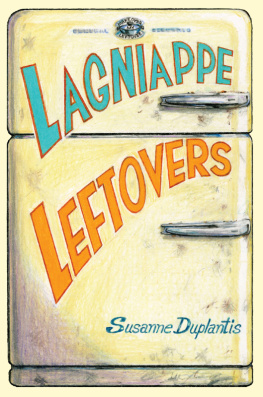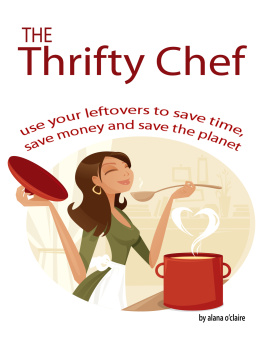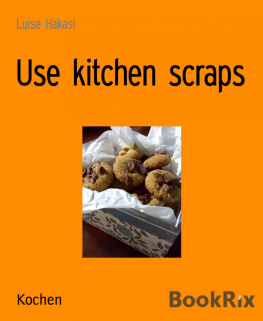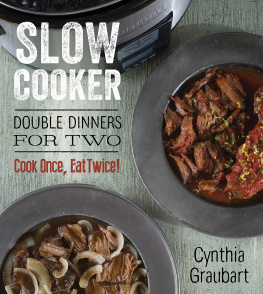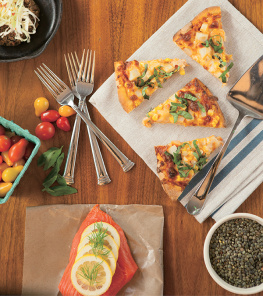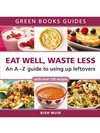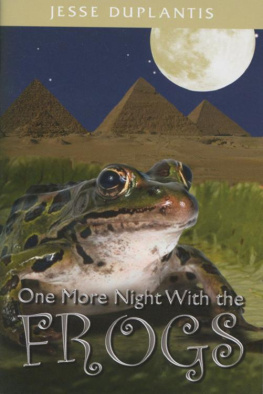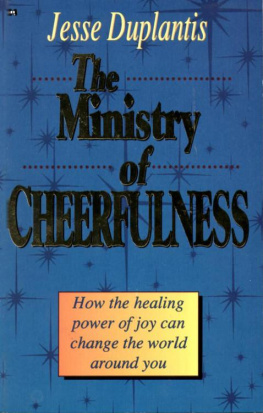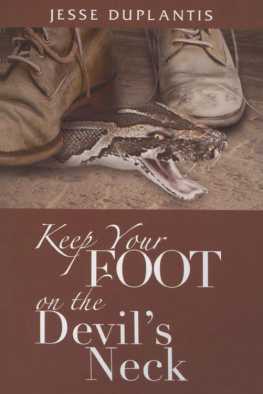


Copyright 2022
By Susanne Duplantis
All rights reserved
E-Book year 2022
First published 2022
The word Pelican and the depiction of a pelican are trademarks of Arcadia Publishing Company Inc. and are registered in the U.S. Patent and Trademark Office.
Library of Congress Cataloging-in-Publication Data
Names: Duplantis, Susanne, author. | Quaid, Tom, illustrator.
Title: Lagniappe leftovers / Susanne Duplantis ; illustrations by Tom Quaid.
Description: New Orleans : Pelican Publishing, 2022. | Includes index. | Summary: Food-waste chef and blogger Susanne Duplantis presents here her cookbook that repurposes Southern leftovers to save food and money. These 100 recipes and twenty-five tips are offered with the charm of an old cookbook that has been passed down from generation to generation. If Southern cooking is in your soul, you will delight in these creative ideas for making the best use of your delicious leftovers Provided by publisher.
Identifiers: LCCN 2021050937 | ISBN 9781455626540 (paperback) | ISBN 9781455626557 (ebook)
Subjects: LCSH: Cooking (Leftovers) | Cooking, AmericanSouthern style. | LCGFT: Cookbooks.
Classification: LCC TX652 .D866 2022 | DDC 641.5/52dc23/eng/20211027
LC record available at https://lccn.loc.gov/2021050937
Illustrations by Tom Quaid

Printed in the United States of America
Published by Pelican Publishing
New Orleans, LA
www.pelicanpub.com
For MeMaw

(1920-85)
CONTENTS
Jambalaya, Etouffe, Gumbo
From Boils to Fried Seafood
Grits, Beans, Rice
Comfort Food and Beyond
Southern Holiday Classics
One More Sliver of Pie
A Little Something Extra
ACKNOWLEDGMENTS
To my number-one fan, my mom, thank you for your daily support and encouragement. To my husband, who claims to be just a man living off leftovers, thank you for your love of me and of leftovers and for the hours of dishwashing. To my family and friends, thanks for your love, support, and days of taste testing.
To Lauren, thanks for giving me my start on television. To Lilian, thanks for seeing the value in leftovers. To Celeste, thanks for my blog motivation.
To Dr. Tom Quaid, there are no words to express my deep gratitude for your beautiful gift of illustrations that brought this book to life.
To Pelican Publishing, thanks for making my dream a reality.
INTRODUCTION

My culinary background began on a stepstool in my grandmothers kitchen in Algiers, Louisiana. I called her MeMaw. I was her pot stirrer, flour sifter, potato masher, carrot peeler, egg whisker, and official taste tester. I was her sous chef and that was way before I ever knew what that meant. MeMaw not only taught me the basics of cooking; she taught me the most valuable lesson in the kitchen. From gathering fresh vegetables from her garden to eating the very last morsel of food picked or prepared, she taught me the value of food.
Any food leftover from breakfast found its way into lunch, and any leftovers from dinner were certain to be a part of breakfast the next day. Scraps became ingredients for stocks, seeds were replanted, and no morsel was ever too small not to save.
One of my earliest memories of a cookbook was from first grade. My mom gave me money for our school book sale and I remember excitedly picking out a book with a beautiful bowl of food on the front. When my mom picked me up that afternoon, I was eager to show her my purchase. She was pleased because it would teach me how to set a table, and MeMaw was excited because it would teach me more about cooking. A section in the book titled How to Be a Good Cook provided simple advice: eat and enjoy the food you have made, and share it when you can. I still have that cookbook and it has always inspired me to write one of my own. I would have never guessed my cookbook would be about leftovers, but then again, leftovers have always been a part of my life in some way or another.
Some of the greatest Southern dishes originated from leftovers. In the South, we turn what others throw away into delicacieshushpuppies, boudin, and gumbo all take their essence from leftovers. Whether using leftover cornmeal to make hushpuppies, every bit of a hog to make boudin, or leftover scraps of sausage, seafood, or fowl for gumbo, Southern cooks have learned to create meals using whatever ingredients are readily available. Some Southern traditions, such as red beans and rice Mondays, grew from the habit of finishing leftover pork chops, ham, or a hambone from Sundays dinner while the laundry was being done.
Everyone in the South has their favorite recipes for these classics. This book takes the last bit of leftovers from those recipes and repurposes them into brand-new tasty offerings while saving on money. These simple home-cooking recipes use the time-saving advantage of leftovers along with easy-to-find ingredients.
Lets begin by thinking outside the box. Yes, think outside the icebox full of leftovers and see leftovers as start overs to save time, food, and money.
MAKEOVER MY LEFTOVER

Working in the restaurant industry for more than twenty years, I saw my fair share of food waste. From the kitchen in the back of the house to the customers in the front, refusal to make use of ingredients or take home to-go boxes was a daily reality. My MeMaws lesson of valuing food always weighed on me. I began to write short suggestions for the leftovers on to-go boxes, and to my delight, more customers began to take them home.
After suffering a stroke, I left the restaurant business but could not forget about the food waste. A chef friend suggested I start a food blog. I did. When I started my blog, Makeover My Leftover, in 2014, my main goal was to help just one family save food and money. Most food waste occurs in the home, so I focused on my own. Did the girl who grew up being taught to value food become a woman who wasted it? Sadly yes.
I kept a close eye on what food was being wasted, and to my surprise it was coming right off the plates of my family. I then realized it was the plate size. We were each loading our dish, but it was more than we could eat. I donated my big, beautiful, deep plates and purchased smaller ones, and to my satisfaction that food stopped going into the trash.
The rest of the food in my trash was scraps. This set me on the journey of developing recipes for leftover scraps, such as apple or pineapple cores and banana peels. (Want to keep your roast moist? Toss in a banana peel as it cooks!) It also got me started on composting.
I began sharing my discoveries about food waste on my blog, mainly as a record of my own. I had the crazy idea that I could have a food blog that simply offered tips and suggestions without recipes. I didnt want to contribute to food waste by having readers buy all the ingredients for a recipe when they could possibly substitute with items they already had on hand. The number of people who requested a recipe began to grow. I quickly realized my original idea was not completely working, so I started offering recipes along with the tips and suggestions.
Next page
